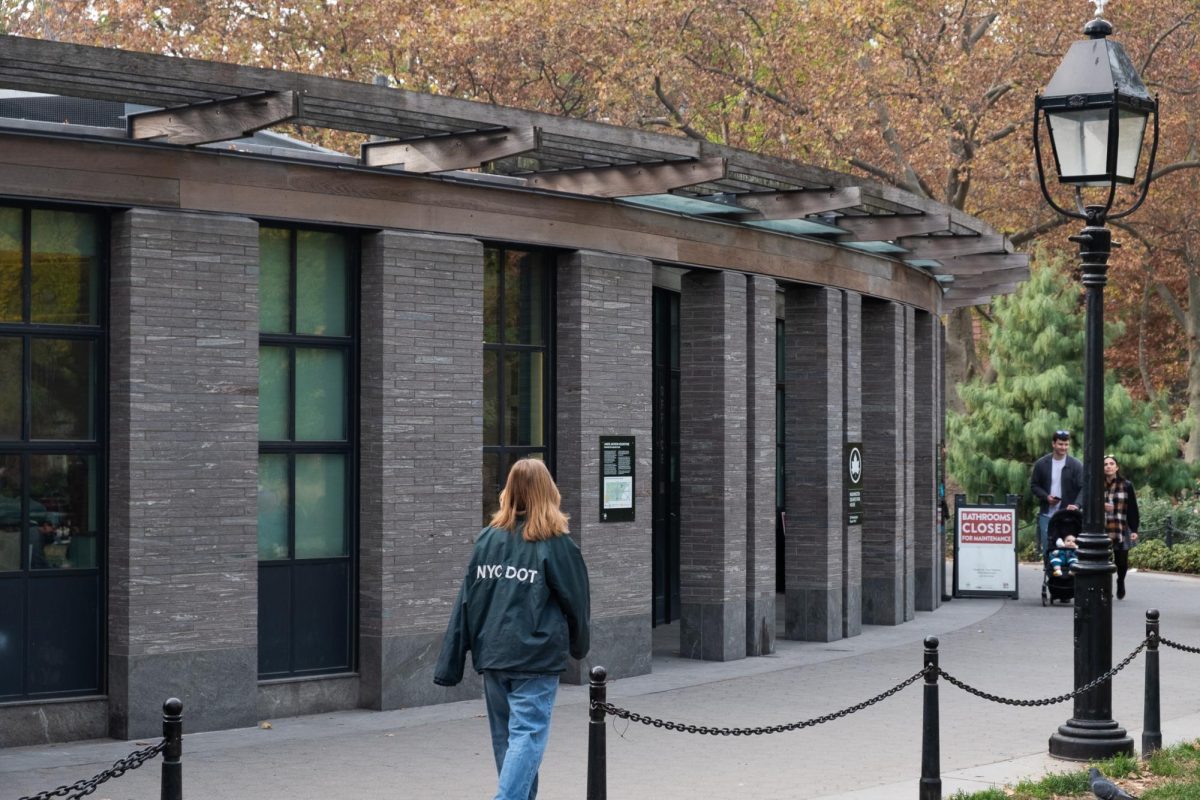In 1990, a group of unhoused New Yorkers came together to file a class-action lawsuit against the city, citing the need for more public restrooms around the city. They argued that the city’s neglect forced them to suffer humiliation, health risks and indignities in a simple attempt to use the restroom. This lawsuit illustrates a universal fact: access to bathrooms is a fundamental human need being systematically denied in New York City. Decades have passed, yet the problem remains unresolved. New Yorkers across the city, particularly the most vulnerable, still struggle to meet their basic needs.
A report from the Coalition for the Homeless found that unhoused people frequently cite the absence of restrooms as one of their biggest day-to-day challenges. Without reliable access to a public restroom, people are left to risk criminalization and sacrifice their dignity to meet their basic bodily needs. Depriving people of access to basic health resources such as a place to use the restroom or wash their hands poses a health risk for both the unhoused and all city residents. The lack of public restrooms disproportionately affects those who are already struggling to survive on minimal resources.
New York City has just one public restroom for every 7,500 residents, placing it 93rd among the 100 largest U.S. cities in terms of restroom availability. Of the few public restrooms that exist, only two are open 24/7. Most facilities are located in parks, where operating hours are typically limited to 8 a.m. to 4 p.m. Even more troubling, a recent city council survey uncovered that two-thirds of park restrooms inspected had significant issues ranging from closures during scheduled hours to a lack of functioning locks, soap or other necessary supplies.
When public bathrooms are unavailable, people are often left with no choice but to relieve themselves outdoors. In the best-case scenario, the sidewalk now smells more like urine. In the worst-case scenario, this puts them at risk of receiving a fine. In the past year, summonses for public urination issued by the New York Police Department surged by 46% in an attempt to crack down on this behavior.
This punitive approach not only fails to address the root problem but also criminalizes individuals for being unhoused — further burdening them through tickets and fines. This is a vicious cycle: It denies people a basic need and then penalizes them for trying to fulfill it.
For some, businesses may seem like a viable alternative, but this solution is far from equitable. Many establishments require customers to make a purchase before allowing access to their restrooms, a policy that excludes the 2 million New Yorkers living in poverty. Beyond affordability, racial bias further complicates this issue. Incidents like the 2018 arrests of two Black men at a Philadelphia Starbucks show relying on private restrooms is not always a viable solution for those who experience discriminatory behavior.
New York City Council members Rita Joseph and Sandy Nurse have proposed a series of measures to address the crisis. Their three-bill package, known as the Free to Pee campaign, includes several critical initiatives. The first requires municipal buildings already open to the public to make their restrooms accessible. The second involves a detailed plan to install bathrooms in parks and subway stations — locations that have already been identified as suitable. The third proposes a 10-year strategy to increase restroom availability, aiming for one bathroom per 2,000 residents. This long-term plan would explore innovative solutions such as portable public bathrooms, public-private partnerships and incentives for businesses to join a citywide restroom network.
The restroom shortage impacts everyone — not just the unhoused population. Disabled people face barriers when searching for accessible bathrooms, but so do pregnant individuals, seniors, children and tourists. Whether it’s navigating the city during a busy day or addressing sudden biological needs, the scarcity of restrooms restricts everyone’s ability to move freely and comfortably.
Passing and implementing the Free to Pee legislation is essential to improving life in New York City. It’s about ensuring the health, dignity and equity of all residents. Public restrooms are not a luxury but rather a necessity for any city that claims to prioritize its people. Restroom access is a small but powerful step toward building a city that’s open to everyone.
WSN’s Opinion section strives to publish ideas worth discussing. The views presented in the Opinion section are solely the views of the writer.
Contact Steven Wang at [email protected].


























































































































































